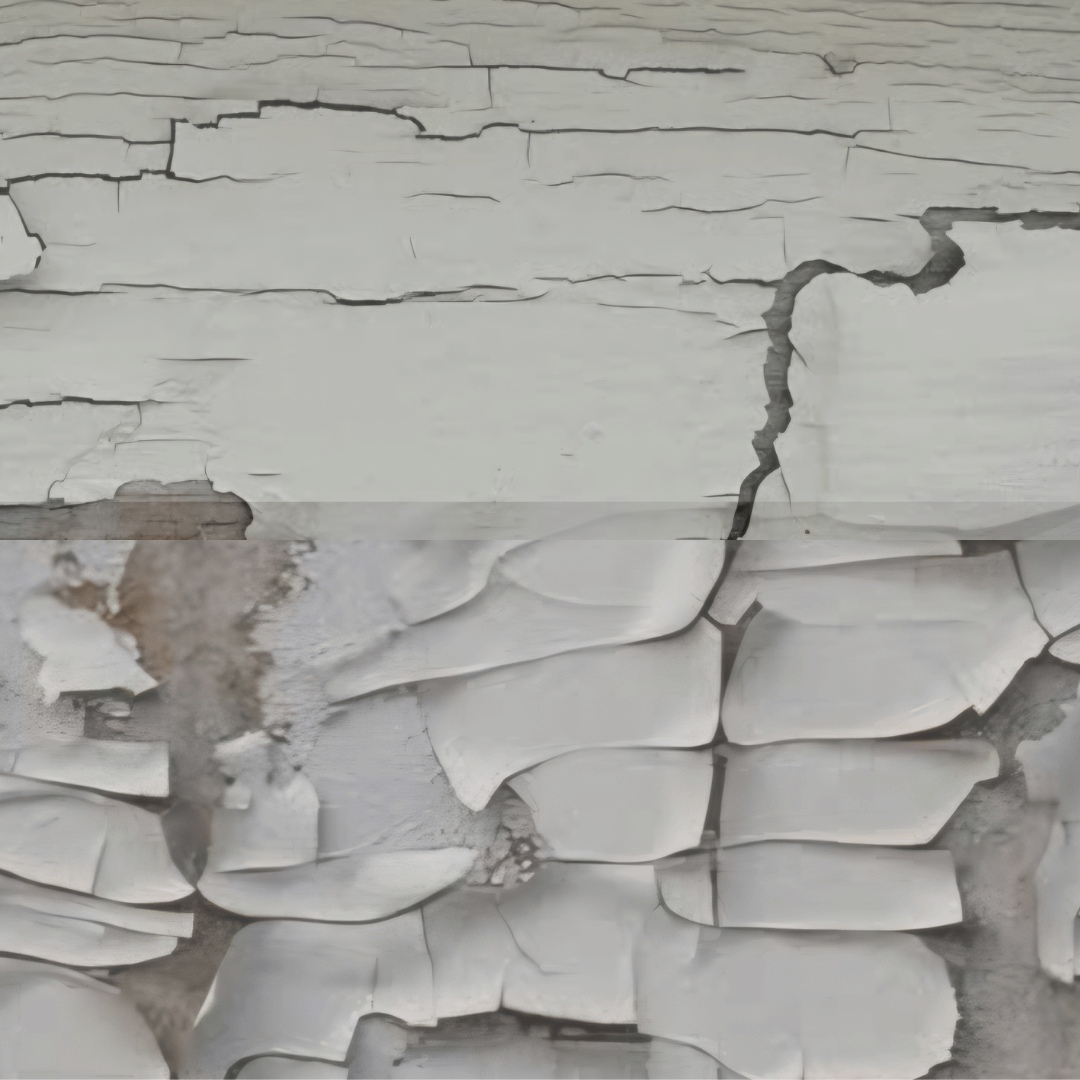Your cart is currently empty!
Lead Use in New Zealand
Lead Paint
Historically, lead use in lead-based paint was widely used in New Zealand, especially before the mid-1960s. Over time, as paint peels or flakes, it releases lead dust that can settle on surfaces (including soil around the property).
Lead in Fuel
Like many other countries, New Zealand phased out leaded petrol in the late 20th century. However, before that phase-out, exhaust fumes contributed to elevated lead levels in high-traffic areas, and in the surrounding soil.
Industrial Applications
Industries that used lead in manufacturing or processing could also leave a legacy of contamination in certain regions. Although regulations have tightened, older industrial sites sometimes still harbour lead residues.
Today, tighter rules on paint formulations and fuel have reduced overall lead exposure. But older homes and forgotten layers of contaminated soil mean that lead can still be a hidden hazard, especially for young children and pregnant women.
The Ongoing Problem: Why Lead in New Zealand Still Matters
Older Homes
In any property built or painted before the late 1970s, there’s a heightened likelihood of lead paint underneath newer layers. When that paint deteriorates or is disturbed (through renovations, for example), harmful lead dust is released into the air and onto nearby surfaces, including gardens, lawns, and playgrounds.
Soil Contamination
Lead in paint flakes don’t just stay inside. Over the years, they can settle in the soil around the home, especially near exterior walls. Children playing in dirt or eating home-grown vegetables grown in contaminated soil can ingest lead. Even small amounts can cause significant health issues over time.
Health Impacts
Lead toxicity can affect nearly every system in the body. Children are particularly vulnerable, as lead can impair brain development and cause learning or behavioural problems. In adults, high lead levels can contribute to high blood pressure, kidney damage, and other chronic health issues.
Uncertainty and Unseen Risks
One of the biggest challenges is that lead contamination isn’t always obvious. Homes can look perfectly fine but still harbour paint chips or contaminated soil that pose risks to families and neighbours.
Practical Solutions: Toxin Free Lead Check (Soil and Paint)
Pinpoint Problem Areas
Our paint-chip analysis can identify exactly where lead is hiding inside or outside your home. This is crucial if you’re planning renovations or simply want peace of mind.
Quick, Accurate Results
We use reliable laboratory methods to detect lead levels in paint samples. Armed with this information, you can take action to remove or safely seal areas with high concentrations.
Safeguard Gardens and Play Areas
Soil testing ensures that the ground in your yard, vegetable beds, or children’s sandpits is free from harmful lead levels. This step is especially important for those who grow produce for their families or run local community gardens.
Address Contamination Sources
If our tests reveal elevated lead, you’ll know to look for potential sources, like peeling exterior paint, or consider soil remediation strategies, such as adding clean topsoil or using raised garden beds.
- Why Test Both Soil and Paint Together?
Comprehensive Safety Check
Lead can move from paint to soil, so testing both gives you a clear picture of where contamination is coming from. If you only check one and miss the other, you might still be at risk.
Cost-Effective & Streamlined
Testing soil and paint at the same time is often more efficient, saving time and money in the long run. Plus, you’ll receive a unified report that’s easy to understand and act upon.
Who Can Benefit from Lead Checks?
Homeowners & Renters
Anyone living in or considering an older property should ensure their environment is safe, especially if they have children who are most vulnerable to lead exposure.
Landlords & Property Managers
Providing safe living conditions isn’t just good practice, it’s a responsibility. Lead in paint and lead in soil checks can protect both tenants and landlords from health and liability concerns.
Renovators & Builders
Planning to renovate an older property? Identifying and properly handling lead-contaminated areas can prevent exposure during demolition and remodelling.
Community Garden Enthusiasts
If you grow vegetables or manage a community garden in an urban setting, lead in soil testing is essential to ensure crops are free from harmful toxins.
Schools & Daycares
Facilities that care for children should regularly check paint and soil, as even low-level lead exposure can have a lasting impact on a child’s development.
Why Choose Toxin Free?
Expertise & Professionalism: Our team specializes in identifying toxins, offering accurate, lab-backed results you can trust.
Clear Action Steps: Once testing is complete, we provide detailed reports with straightforward recommendations, so you know exactly what to do next.
Passion for Health & Safety: We believe everyone deserves a safe environment, our goal is to help you achieve a toxin-free home, garden, or workplace.

Lead Testing Service
Toxin Free Lead in paint and soil testing
Pre-renovation work | Day care soil testing | Property pre-purchase testing
